Affiliate links on Android Authority may earn us a commission. Learn more.
LG V40 ThinQ features: These are our top five
Published onOctober 4, 2018
LG’s latest V-series smartphone is upon us. The LG V40 ThinQ is the fourth generation of the South Korean company’s end-of-year phablets, and like its predecessors, it’s packed with goodies.
While the V40 ThinQ includes typical flagship components like a Snapdragon 845 chipset, 6GB of RAM, and high-resolution OLED display — as we’ve seen on many of the best Android smartphones of 2018 — it also has a handful of features stashed away that you won’t find on just any Android handset. Below, we’ve listed our top five.
Triple-rear camera
LG incorporates innovative camera technology into most of its smartphones, and while we still need to go in-depth regarding actual camera quality, the V40 already stands out among other Android phones thanks to its use of three lenses. These are made up of a standard lens, an ultra wide-angle lens, and a telephoto (zoom) lens, allowing for a broader range of possibilities than a single or dual camera system.
Want to squeeze more scenery into a picturesque shot? That’s what your wide-angle lens is there for. Want to bring a distant object further into focus? The telephoto lens will have your back.
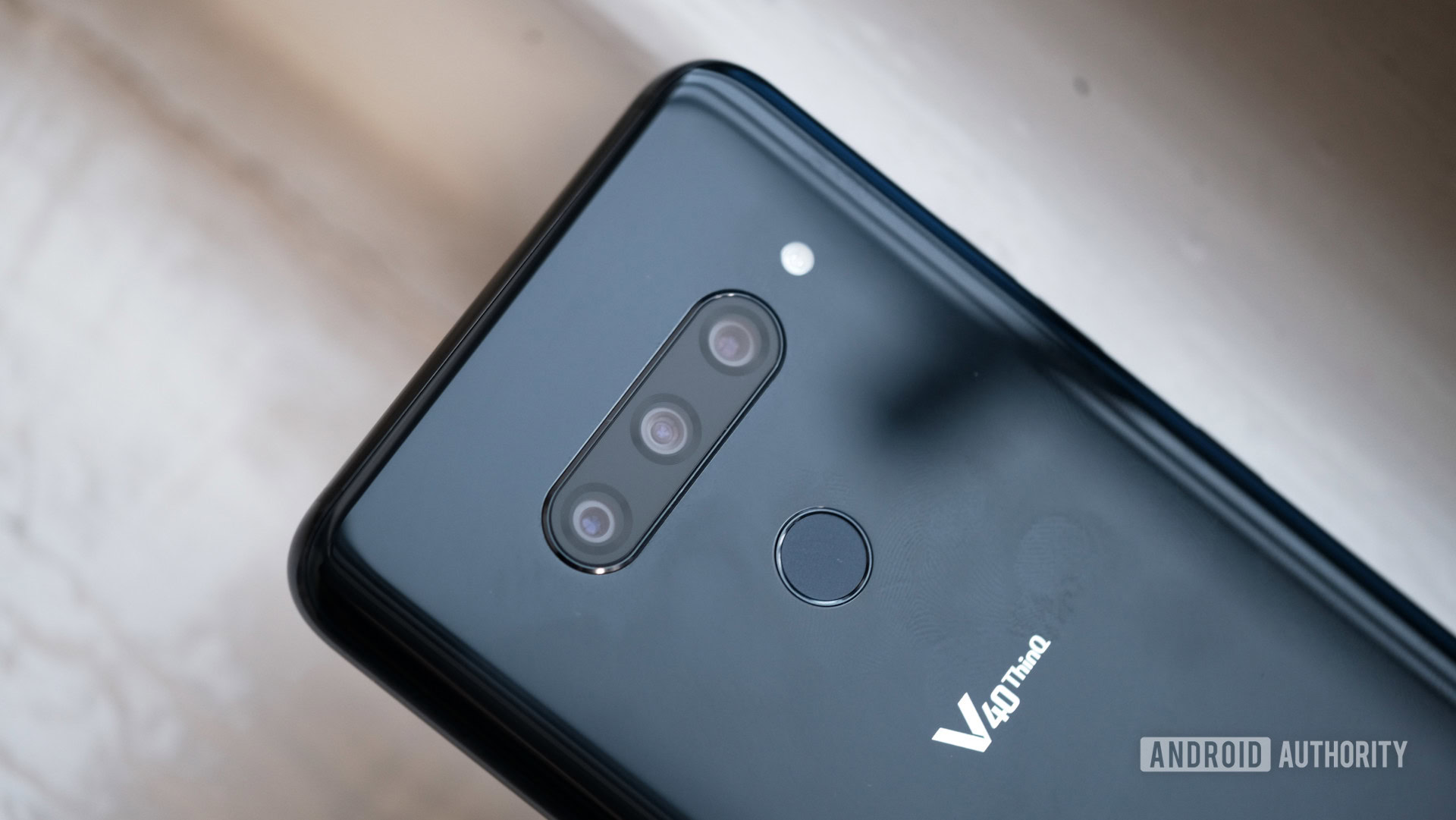
This hardware also allows for software innovations like the V40’s “Triple Preview,” which lets you get a preview from each lens before shooting, and “Triple Shot,” which lets you simultaneously capture a shot from each camera.
It’s a camera for every situation tucked into your rear pocket, and as long as it can deliver the goods in low light, it’s going to be one to beat.
Wide-angle selfie camera
The wide-angle front-facing camera is still a disappointingly uncommon fixture among Android phones but LG delivers here once more. Just like the wide-angle lens on the rear, this lens will help you squeeze more into the shot than you could with a regular sensor at the same distance.
It seems like only a matter of time before this one is adopted on all smartphones because it targets one of the biggest annoyances with taking selfies — fitting everyone into the frame with a camera that’s an arm’s length away.
Wide-angle selfie cameras also reduce the “need” for selfie-sticks, so let’s hope they’re adopted sooner rather than later, eh?
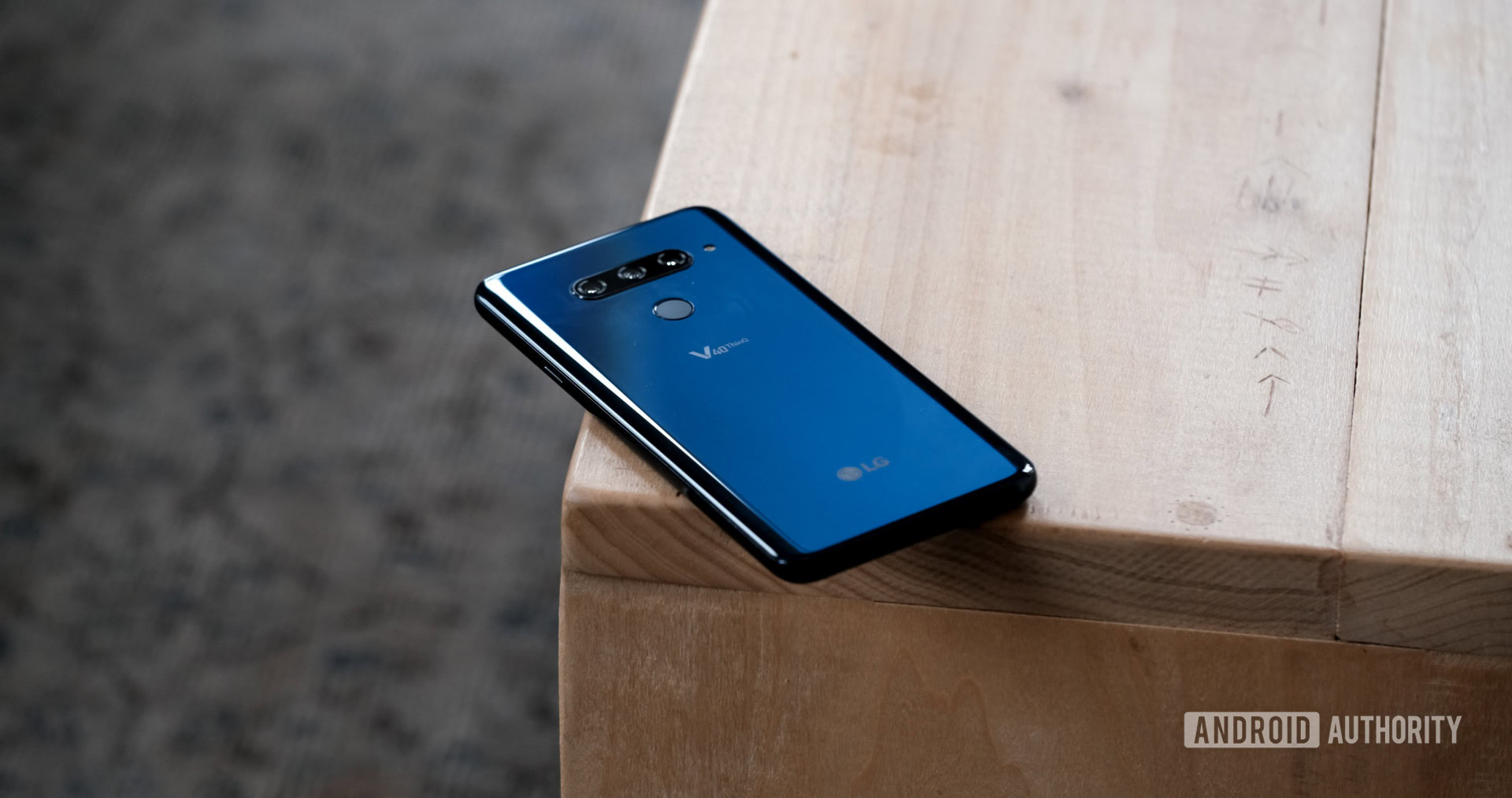
Best-in-class audio
The LG V-series is a rare breed of phones that caters heavily to audiophiles. This manifests in several ways, including the use of a 32-bit Hi-Fi Quad DAC and Boombox Speaker tech.
When you aren't using headphones, LG's Boombox Speaker tech will turn your smartphone into a mini speaker.
We’ve talked a bit about 32-bit Hi-Fi Quad DACs previously; it’s a technology that lends audio a more natural sound and wider dynamic range. LG will probably roll out some software filters and sound presets with this also, letting you customize the sound further, as it did with the V30.
This simply means the wired headphone experience should be better when listening to music on the LG V40 than on a non-Quad DAC device. And, yes, we mean wired via a 3.5mm connection, which LG has yet to abandon.
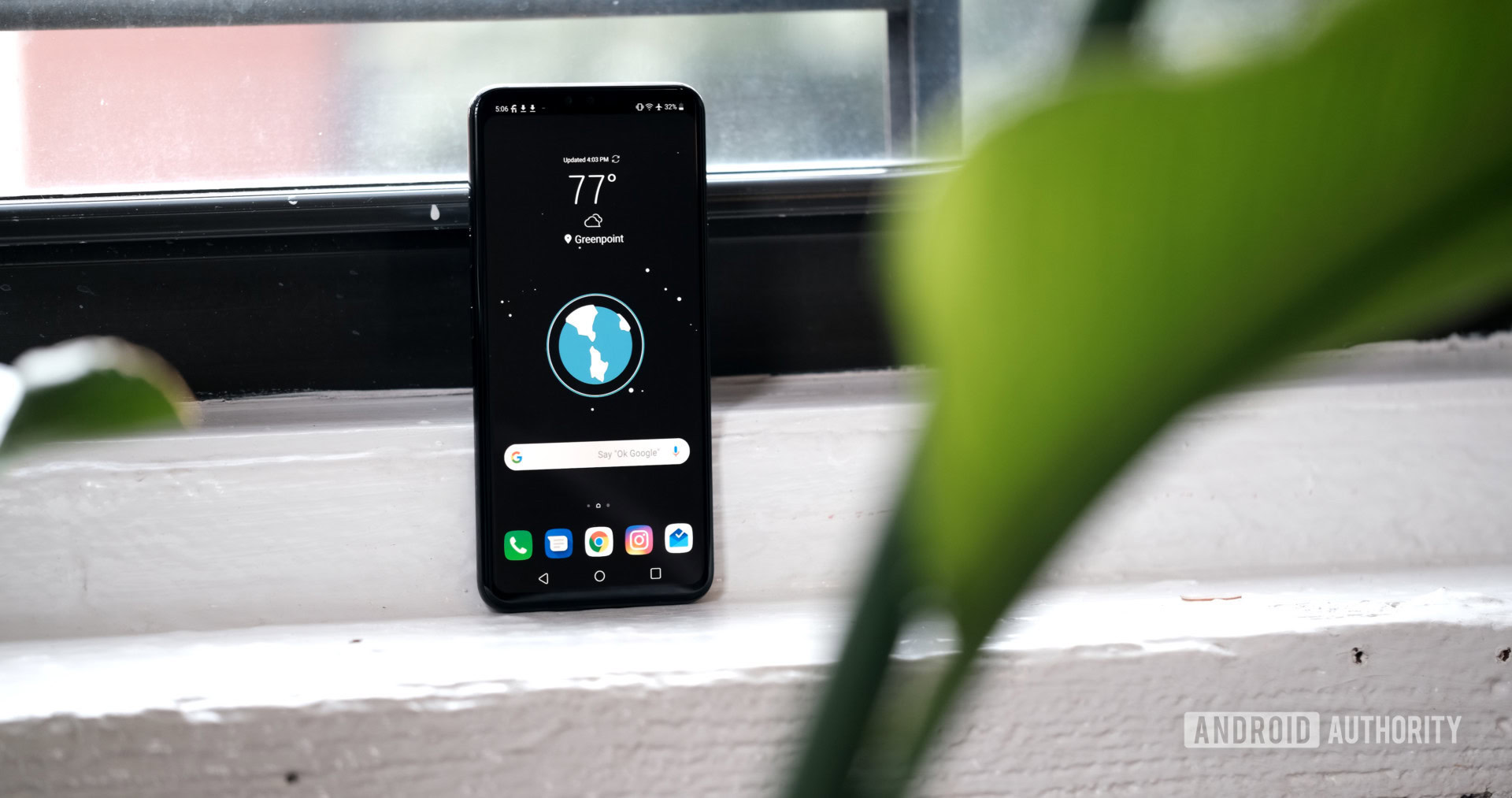
When you aren’t using headphones, LG’s Boombox Speaker tech will turn your smartphone into a mini speaker. This feature takes advantage of the handset’s shape to essentially transform it into a resonance chamber. Just place the phone on a solid surface and the audio will come alive, providing a louder sound and clearer bass tones than with regular smartphones. It’s a neat addition for those who like to play a few tunes while they cook or shower.
Quick Charge 4.0 compatibility and wireless charging
We’ve seen how LG has ably tackled zoomed and wide-angle photos, as well as wired and device speaker audio output, but the company has taken two approaches to charging too. The LG V40 is not only one of the few current smartphones that’s compatible with Qualcomm’s Quick Charge 4.0 standard — along with the likes of the Xiaomi Mi 8 and Mi A2, and LG’s own G7 ThinQ — but it packs wireless charging support to boot.
While you're lounging around at home, drop the V40 ThinQ onto a charging plate to give it a boost without fiddly cables.
It’s worth noting that the V40 ThinQ is compatible with Quick Charge 4, though it only ships with a Quick Charge 3-compatible charger — just like the LG G7 ThinQ. It’d certainly be nice if LG included the proper charger in the box (especially when you’re paying $900 for it), but who are we to judge. If you happen to have a Quick Charge 4 charger, you’ll supposedly be able to achieve five hours of use from just five minutes of charging (the exact amount may differ from device to device).
For when you’re lounging around at home, just drop the V40 ThinQ onto a charging plate to give it a boost without fiddly cables; some people consider it a must-have feature.
IP68 certification and the 3.5mm jack
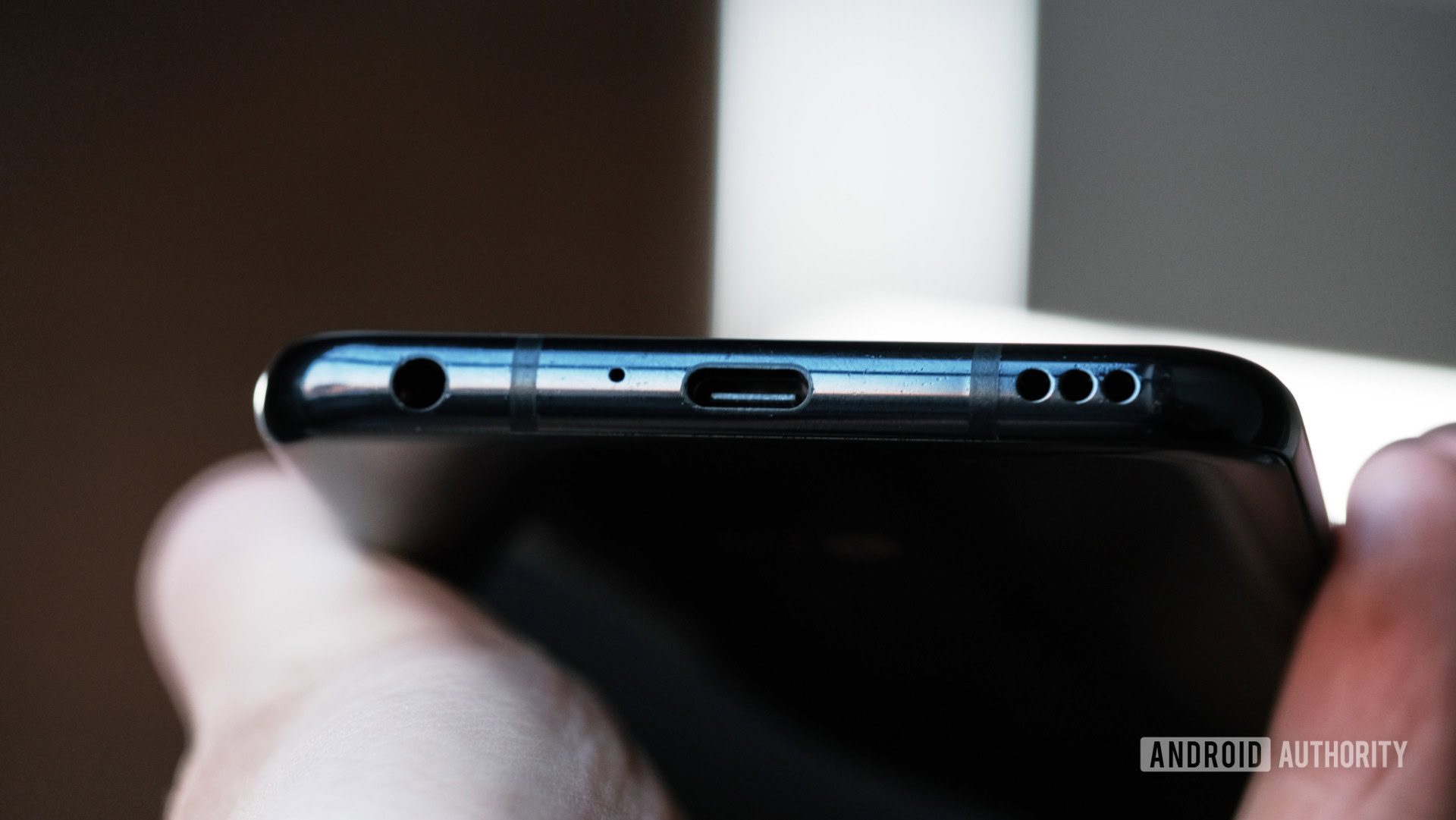
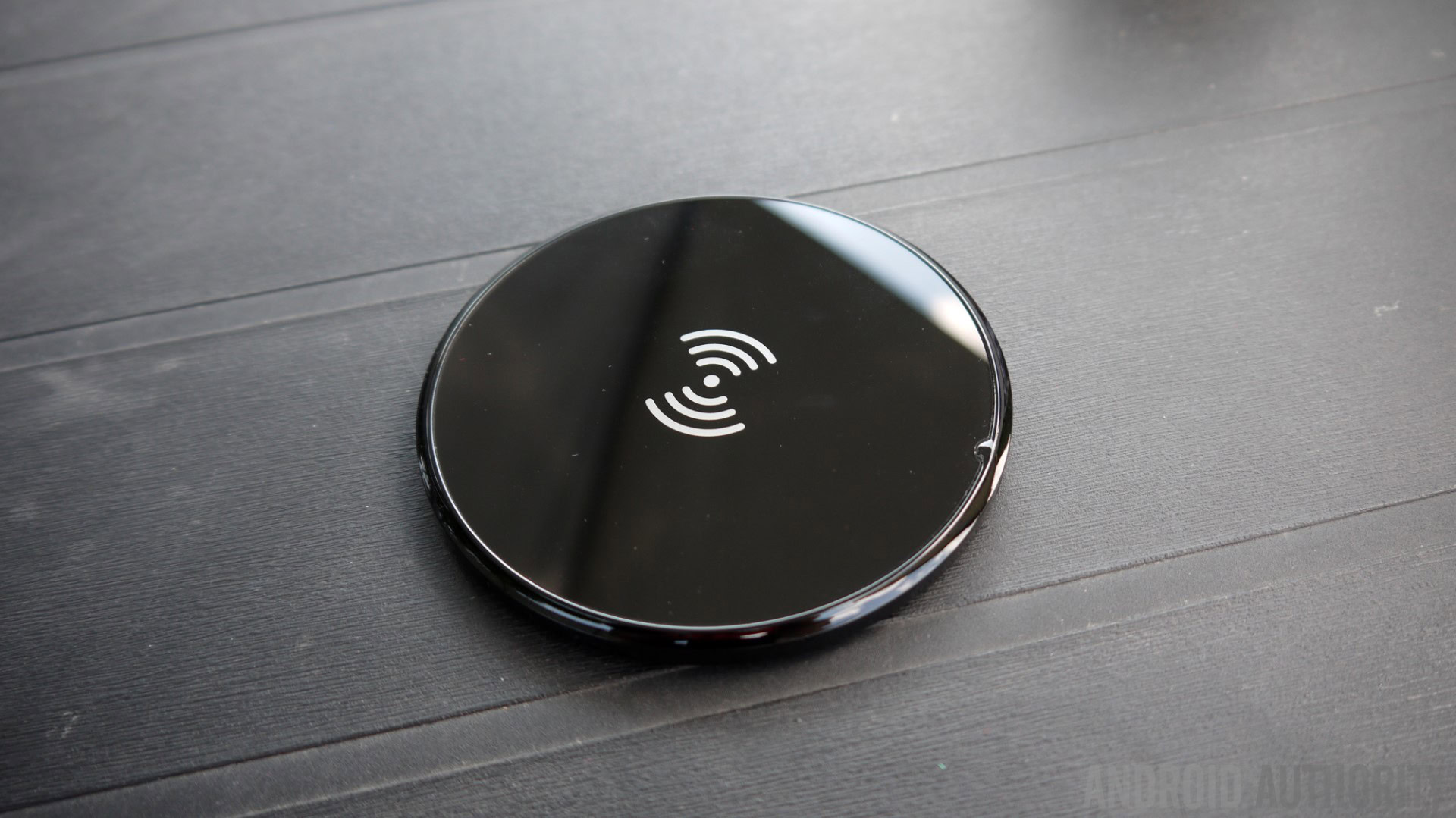
The IP68 certification for dust and water resistance is the best you’ll find on current flagships, keeping your smartphone safe in 1.5 meters of fresh water for up to 30 minutes. Though it doesn’t appear on all smartphones, it’s common enough that isn’t necessarily worth shouting about on its own. However, combine it with the implementation of a headphone jack and wireless charging and the LG V40 ThinQ has again set itself apart.
Finding the latter features on an IP68-certified handset outside of South Korean handset makers Samsung and LG is still a tricky business — and likely to become an even bigger ask as the 3.5mm headphone port continues to disappear. Until then, at least we can count on LG.
Those are five of the things we like best about the V40 ThinQ, but it’s a very special type of smartphone — we could have easily broken down some of the features above to make a ten feature-strong list. What do you think of the new LG flagship? Do you have a favorite feature? Give us your thoughts in the comments below.